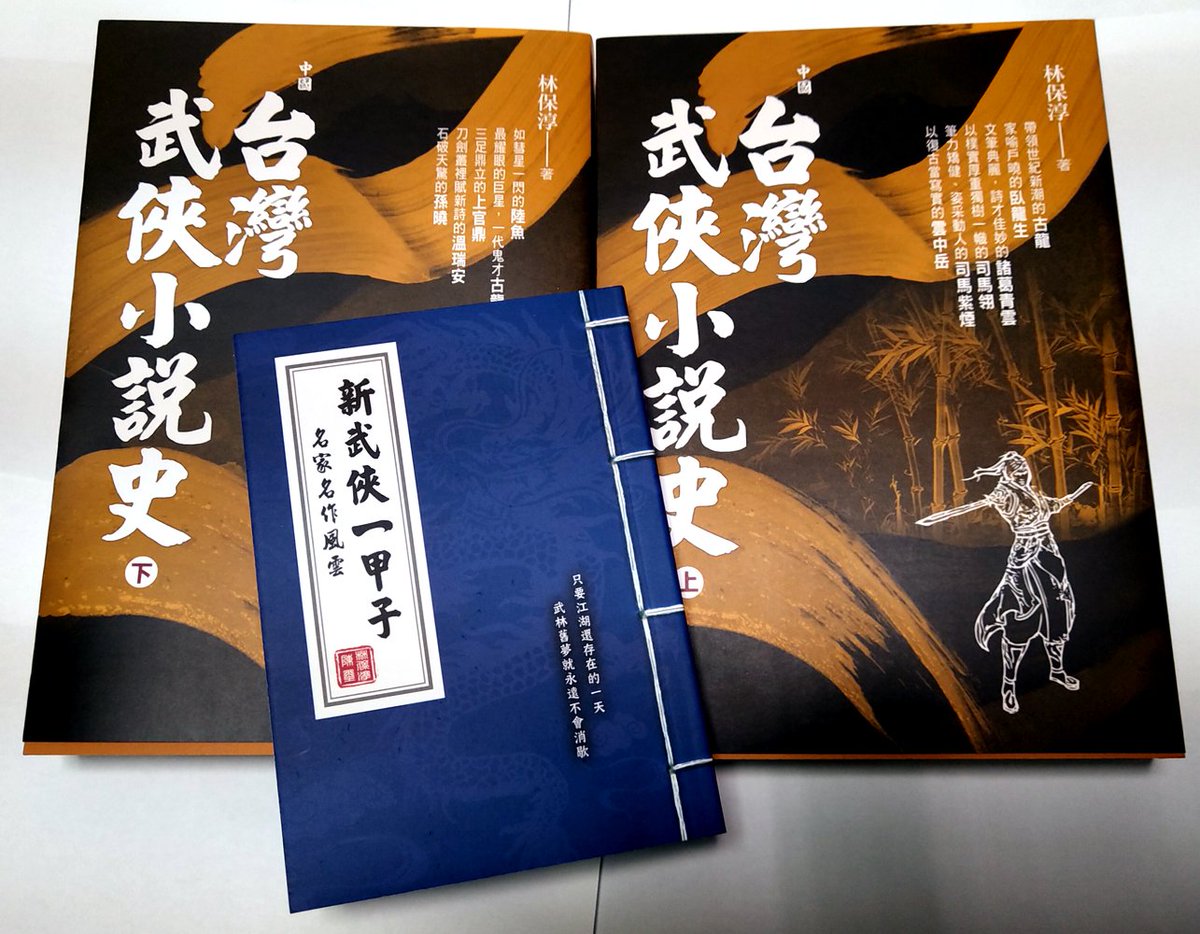
Will be starting a column: "So You Want to Write Wuxia" giving info on various things one might need to know if they want to write wuxia or any other Chinese period piece (or fantasy based on traditional China). Basically sharing stuff I've researched over the years.
#wuxia
#wuxia

Some will be specific to wuxia (ex. sects, schools, sword qi, whatever) and some just general Chinese stuff. Such as that trad. China was actually monogamous: a man could have only one "wife". And concubines were closer to maids than spouses, in that they were bought or rented.
Did you know there were still elephants in China as late as the 12th century, maybe even later? A few times they were used in battle as well. Stuff like that, customs, rituals, laws, etc etc. Will take requests if anyone wants to know something specific (I'll answer if I can).
I want to try to combat a lot of the misinformation out there and encourage people to think critically & demand content creators qualify their statements and not just believe what someone says just because they made a Youtube video. Will be giving sources as well, naturally.
oh and that pic in the first tweet is just some books I got recently. Will introduce them later.
First entry in the column will be a general introduction and some resources for beginning your own research. There's actually a lot about traditional China in English. My articles I want to be a starting point but absolutely not the end point.
• • •
Missing some Tweet in this thread? You can try to
force a refresh







